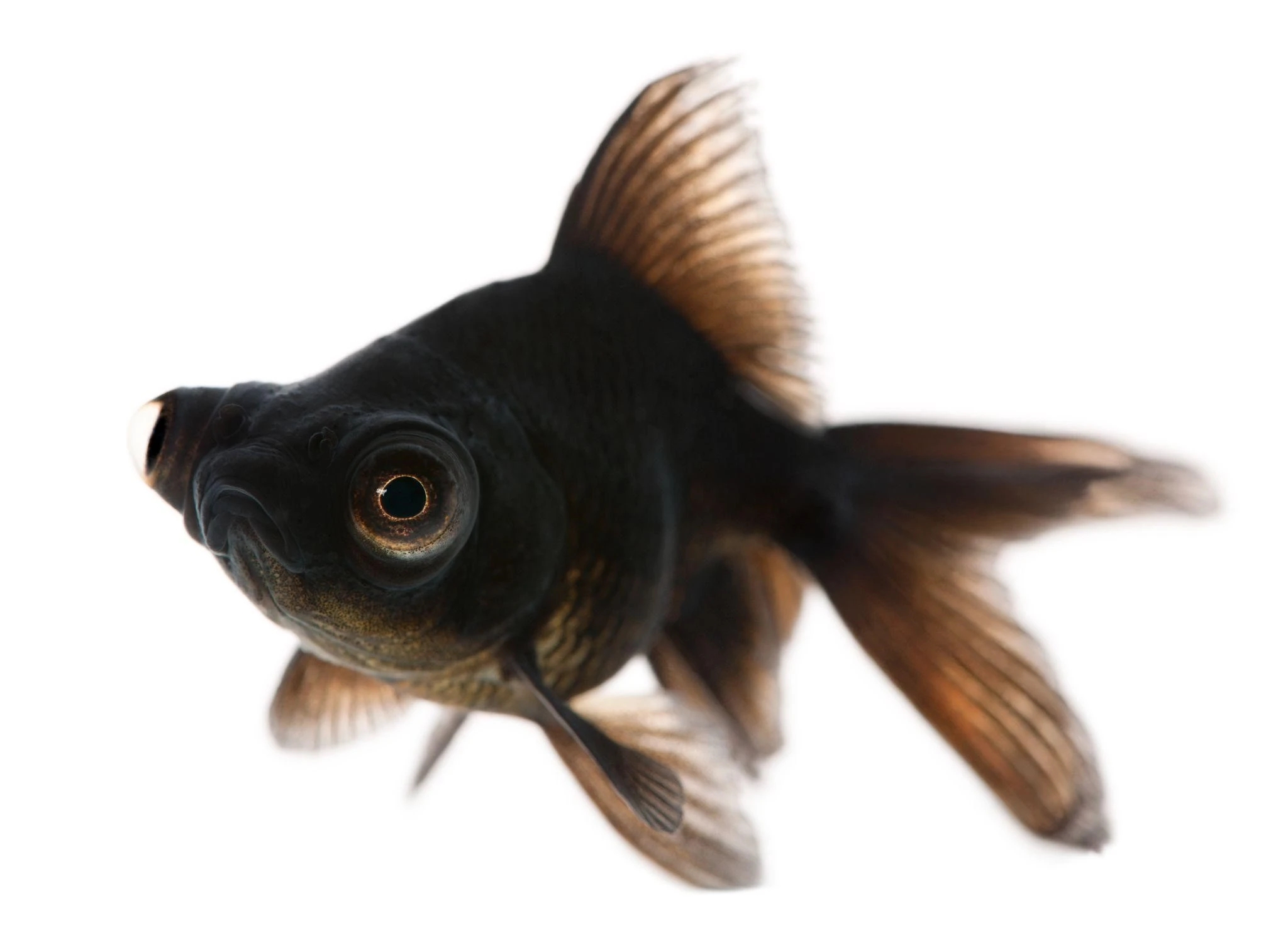Most fish enthusiasts and hobbyists look for the most unique and attention-grabbing species to be included in their collection. The black goldfish comes out as one of the most enthralling types among a great multitude of colors and shapes. From their history to their care, this post will look at what makes these dark swimmers so alluring, making sure that newbies as well as experienced aquarists will enjoy having black goldfish in their tanks.
Introduction to Black Goldfish
The black goldfish with its velvety dark hues stands apart from the usual bright gold or orange color varieties. While they have been bred for ages, attempts to produce genuinely black ones have resulted in several beautiful different breeds. These fish are valued not only because of their color but also due to their peacefulness that makes them great additions in community aquariums.
Types of Black Goldfish
- Diverse kinds of black goldfish grace the aquarium industry each with its own characteristics:
- Black Moor: Bulging eyes and trailing fins make Black Moors easily recognizable as among classic examples of black goldfish. These are favorite among hobbyists due to their deep black coloration and friendly nature.
- Black Telescope: This breed showcases a sleek silhouette and calm presence similar to that of a telescope while possessing slightly different eye shape from Black Moor.
- There are other variations such as Black Comet or Black Lionhead etc., which differ either in body shape or finnage but bring charm into a Goldfish tank.
Tank Setup and Care
- Setting up the right environment for your black goldfish involves being precise:
- Tank Size: For one fish alone, 20 gallons is recommended with an additional 10 gallons per extra fish for swimming space allowance.
- Water Parameters: They thrive in cooler temperatures ranging between 65-75°F (18-24°C) with pH level at 6.5-7.5. Regular water changes maintain these parameters.
- Compatible Tank Mates: Black goldfish are mild mannered hence they should be combined with similar temperamental fish. They should not be kept with fin nippers or aggressive competitors for food.
Feeding and Nutrition
- Black goldfish can be fed on a variety of foods such as:
- Pellets and Flakes: Quality Goldfish pellets or flakes should form the majority of their diet.
- Fresh Foods: Occasional proteins (like brine shrimp) and vegetables (peas, zucchini) help to balance the diet.
- Feeding Schedule: They require feeding 2-3 times a day, only what they can eat during these few minutes in order to avoid overfeeding and water quality problems.
Health and Common Issues
Black goldfish are typically hardy but may also suffer some commonly occurring aquatic diseases:
- Swim Bladder Disease: It is usually caused by overfeeding or poor water quality, which can be managed by adjusting the species’ feed pattern and keeping a clean environment surrounding them.
- Fin Rot: A bacterial infection resulting from poor tank condition that could have been otherwise avoided through regular cleaning.
Breeding Black Goldfish
Enthusiasts must know how to breed black goldfish if they want to enjoy this experience:
- Spawning Conditions: Spawning behavior can be encouraged by gradually increasing water temperature;
- Egg Care: After spawning, eggs need to be moved into a separate tank so that they do not get eaten.
Conclusion
The uniqueness of the black goldfish in terms of beauty and ‘friendly’ personalities makes them fascinating to any person who is interested in aquariums. By knowing the slight nuances about how they are maintained from setting their tanks to eating as well as health management, keepers can guarantee that these dark creatures are healthy under their watch. It does not matter whether your attention has been captured by the soulful eyes of a Black Moor or the sleek body outline of a Black Telescope, because any black fish will bring enigma and charm into your collection.






